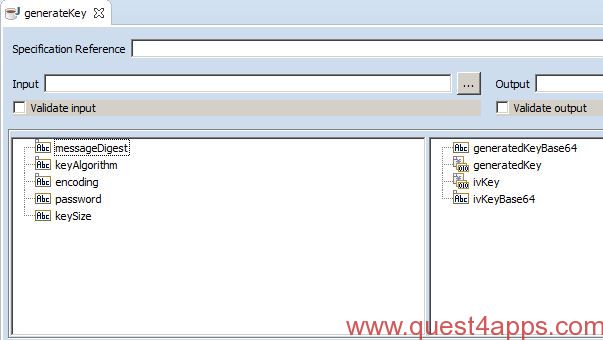Python Code For Aes Key Generation
Pip3 install pycrypto. In the following python 3 program, we use pycrypto classes for AES 256 encryption and decryption. The program asks the user for a password (passphrase) for encrypting the data. This passphrase is converted to a hash value before using it as the key. AESKeyGeneration.java generates the sysmetric key using AES algorithm. Key size assigned here is 128 bits. It works for key size of 192 and 256 bits also by adding secuirty related files to jre1.6.0 lib security folder. DES means Data Encryption Standard. This c program will generate secure password - encryption key for simplified DES cryptographic algorithm. C Program Practicals. Key generation in Simplified DES Simplified DES - Key Generation Simulation Program using C Programming. AES Encryption Decryption. Posted by KKP at 7:20 PM.
Openssl generate key from crt file. But I don't know if I get what you're trying to do (generate a key from a crt file), mainly because: genrsa is a command to generate a new key pair using RSA algorithm. In short, it generates 2 keys.


This is an exercise in secure symmetric-key encryption, implemented in purePython (only built-in libraries used), expanded from Bo Zhu's (http://about.bozhu.me)AES-128 implementation at https://github.com/bozhu/AES-Python
- AES-128, AES-192 and AES-256 implementations in pure python (very slow, butworks).Results have been tested against the NIST standard (http://csrc.nist.gov/publications/fips/fips197/fips-197.pdf)
- CBC mode for AES with PKCS#7 padding (now also PCBC, CFB, OFB and CTR thanks to @righthandabacus!)
encryptanddecryptfunctions for protecting arbitrary data with apassword
Tps Aes Key
Note: this implementation is not resistant to side channel attacks.
Although this is an exercise, the encrypt and decrypt functions shouldprovide reasonable security to encrypted messages. It ensures the data iskept secret (using AES), blocks are encrypted together (CBC), the samemessage encrypted twice will have different ciphertexts (salt), the ciphertexthasn't been tampered with (HMAC) and the key has some defense against brute-force(PBKDF2).
The algorithm is as follows:
16 random bytes of salt are extracted from the system's secure random numbergenerator (usually /dev/urandom)>
The given master key is stretched and expanded by PKBDF2-HMAC(SHA256) usingthe salt from 1), to generate the AES key, HMAC key and IV (initializationvector for CBC).
The given message is encrypted with AES-128 using the AES key and IV fromstep 2), in CBC mode and PKCS#7 padding.
A HMAC-SHA256 is generated from the concatenation of the salt from 1) andthe ciphertext from 3).
The final ciphertext is HMAC + salt + ciphertext.
Security overview:
Python Program For Aes Key Generation
The random salt ensures the same message will map to different ciphertexts.
The HMAC ensures the integrity of both the entire ciphertext and the PKBDF2salt; encrypt-then-mac prevents attacks like Padding Oracle.
Bytes from keys, iv and salt are not reused in different algorithms.
PBKDF2 key stretching allows for relatively weak passwords to be used as AESkeys and be moderately resistant to brute-force, but sacrificing performance.